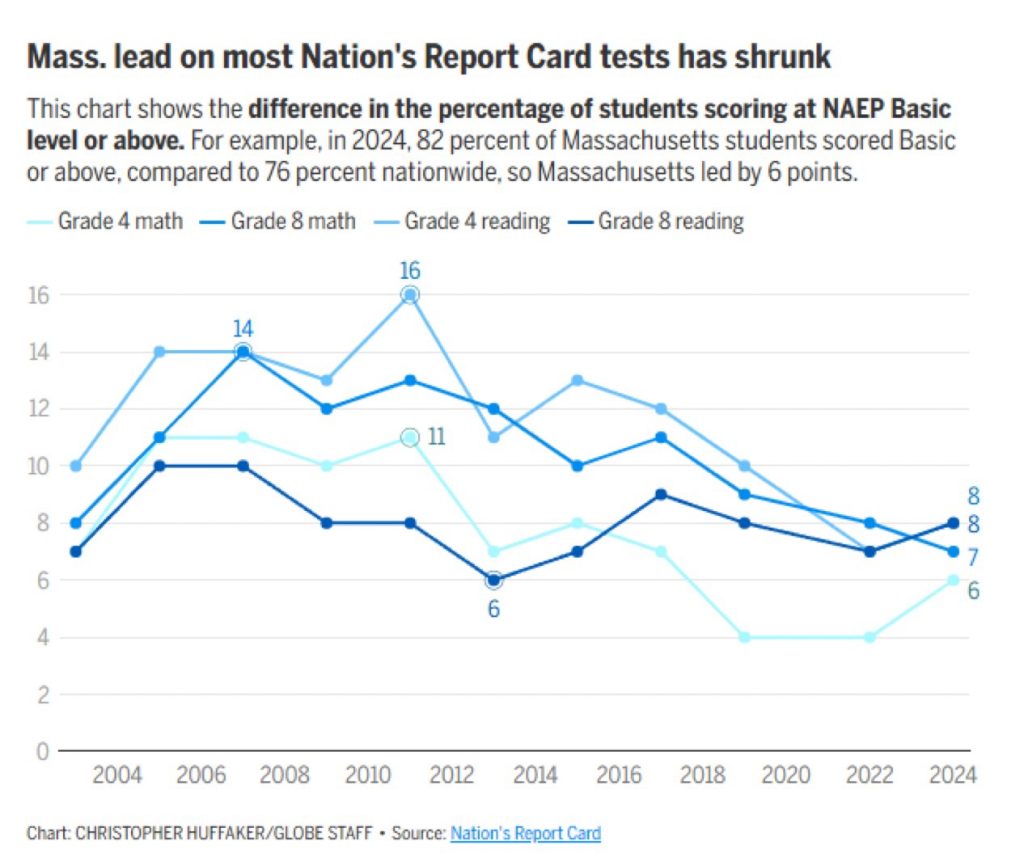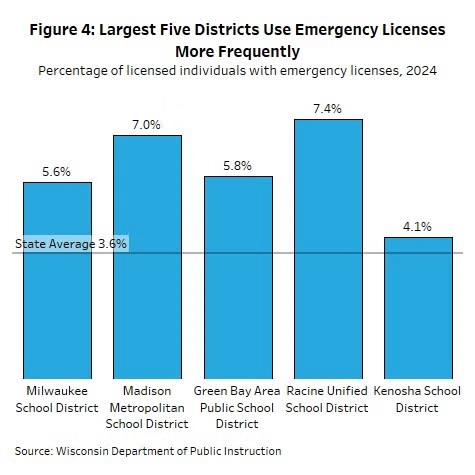“Strategic Framework Goal 1”:
+10 percentage points in literacy proficiency
+10 percentage points in students’ math proficiency
+3 percentage points in 4-year HS completion“Strategic Framework Goal 2”:
+15 percentage points in percentage of students with annual attendance rate of +90%
100% of district departments and schools with documented improvement plans,
including universal and targeted strategies, and demonstrate evidence of PDSA cycles“Strategic Framework Goal 2”:
+15 percentage points in literacy proficiency
+15 percentage points in students’ math proficiency
+6 percentage points in 4-year HS completion
+25 percentage points in percentage of students with annual attendance rate of +90%Since 2021–2022, Student Services allocation increased by +28.9 FTE,
resulting in more time and resources available for students7,095 staff for 25,003 students = 3.52 student to staff ratio…..
The 2025-2026 taxpayer funded budget is $668,000,000 or $26,716 per student.
8,897 (!) Madison 4k to 3rd grade students scored lower than 75% of the students in the national comparison group during the 2024-2025 school year.
Madison taxpayers have long supported far above average (now > $26,000 per student) K-12 tax & spending practices. This, despite long term, disastrous reading results.
Madison Schools: More $, No Accountability
The taxpayer funded Madison School District long used Reading Recovery…
The data clearly indicate that being able to read is not a requirement for graduation at (Madison) East, especially if you are black or Hispanic”
My Question to Wisconsin Governor Tony Evers on Teacher Mulligans and our Disastrous Reading Results
2017: West High Reading Interventionist Teacher’s Remarks to the School Board on Madison’s Disastrous Reading Results
Madison’s taxpayer supported K-12 school district, despite spending far more than most, has long tolerated disastrous reading results.
“An emphasis on adult employment”
Wisconsin Public Policy Forum Madison School District Report[PDF]
WEAC: $1.57 million for Four Wisconsin Senators
Friday Afternoon Veto: Governor Evers Rejects AB446/SB454; an effort to address our long term, disastrous reading results
Booked, but can’t read (Madison): functional literacy, National citizenship and the new face of Dred Scott in the age of mass incarceration.
When A Stands for Average: Students at the UW-Madison School of Education Receive Sky-High Grades. How Smart is That?

